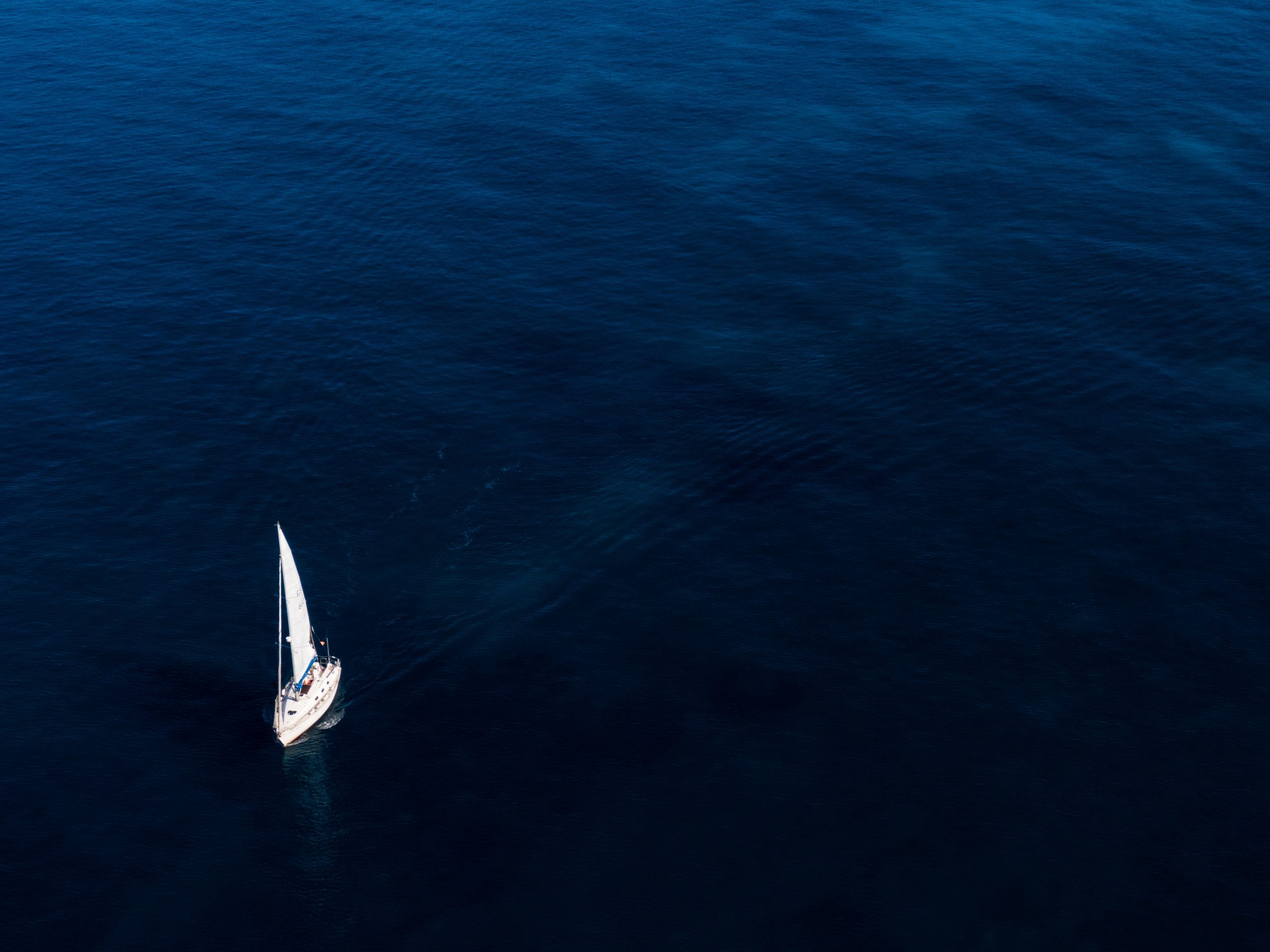
How do beliefs and values shape your reality?
Your beliefs about yourself and your life have more power over your existence than you can imagine. Personal ideas and values you’ve held for a long time can block the way toward a life you desire. Identifying your unhelpful beliefs as possibilities, along with helpful ones can open up new perspectives for new opportunities.
Here are some examples of examining beliefs that may be hampering you in your efforts to live a fulfilling life:
1. “I ought to let go of my dreams because I’m unable to achieve them.”
A couple of unhelpful things happen when you think this way. First, it seems you may feel undeserving of the dreams you have and are, therefore, sabotaging yourself. Second, you’re likely not doing anything to move closer to how you want to live.
- One way to alter this belief is to ponder how to follow your dreams. Make a list of the steps required to achieve the life you crave. Look at them as stair steps. Then, begin “climbing” those steps toward your future, one by one.
- Your new belief might sound something like, “I’m following my dreams starting today and will celebrate each step I achieve along the way.”
2. “I don’t have the right to ask for what I want because I fear rejection.”
This belief indicates you feel less important than others. You see your wants and needs as not relevant to others. Living with this belief means you likely keep your true feelings under wraps and simply go along to get along with others. There’ll be no rocking the boat from you.
- The fact is that your feelings are equally valuable as everyone else’s. Consider changing this belief to,
“I am important and how I feel matters to me. I can diplomatically ask for what I want. Others may disagree, but I can handle it.” - When you can state you want or need tactfully and honestly without anger, those close to you will probably listen well and respond to them.
- However, if they have a negative response, remind yourself that you have no control over the feelings of others.
- You do have control over your own feelings and actions. Therefore, ask for what you want. Recognise that you can listen to others’ responses, but you’re not responsible for how they feel.
3. “I’m not going to trust anyone again.”
This belief may stem from a time in your past when someone you trusted hurt you.
- Perhaps, when you were a youngster, your parents were unsupportive or tough on you. Or in a prior close relationship, you felt betrayed or that your feelings were minimised. Whatever the case, it sounds like you’re afraid to trust and you’re trying to protect yourself from further emotional hurt.
- Alter this belief by giving yourself permission to trust. If you pledge not to trust again, it likely means you’ll not have another loving relationship.
- Recognize that you probably learned something positive from the prior relationship. You’ve grown and your ideas about what you want are clearer now.
- You can adopt a belief something like, “In order to have a relationship, I must invest in it. It may be scary at first, but I can do it.”
4. “I don’t make enough money to live a financially secure life.”
This belief puts a heavy cloak over your efforts to be happy. When you think this way, you fail to see what you can do to save for your future. Your emotional health is intimately connected to how you feel about your financial life.
- Open the door to a more secure financial and emotional life by adjusting your belief to, “I have control over my finances and I can save X income per week.”
- When you believe you can live within or below your financial means and still save, you’ll discover you can enjoy your life.
Your beliefs become your thoughts,
Your thoughts become your words,
Your words become your actions,
Your actions become your habits,
Your habits become your values,
Your values become your destiny.
Mahatma Gandhi
What do you think about yourself, others and the world?
Perform a thorough self-examination of your major beliefs and values.
Are your thoughts and beliefs preventing you from achieving healthy relationships, establishing monetary security, or living the dream life you believe are meant for others but for some reason, don’t believe you deserve?
Limit those limiting beliefs when they show up, starting now with the Beliefs and Values workbook that uses various journaling and critical self-reflection prompts to explore and affirm which beliefs are holding you back.

Add to basket
Worksheet: Beliefs and Values
£1.00





